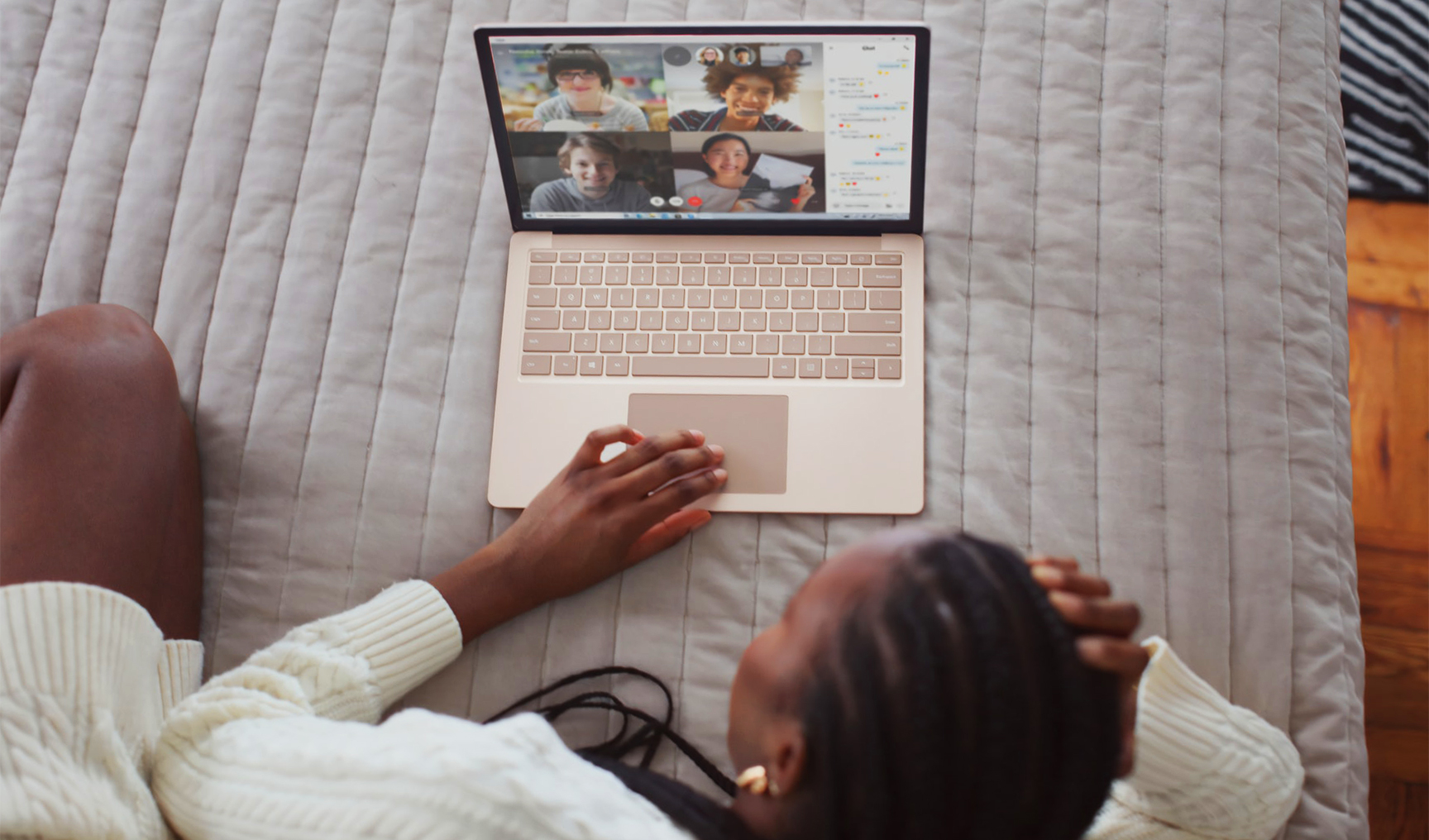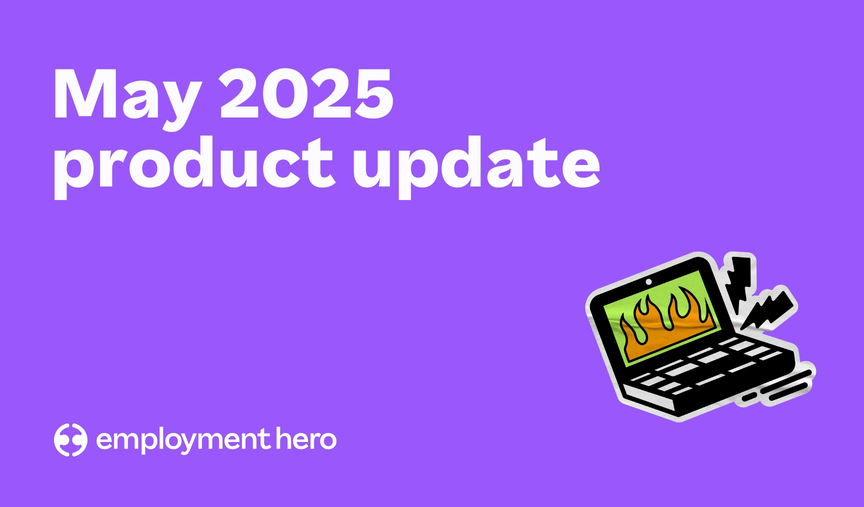The Evolution of the Modern Office Space
Offices come in all shapes and sizes, but their purpose has always been the same – to get stuff done. But where did it all start? This article takes a trip down memory lane and traces the origins of the office space.

Contents
The Office. (Our workspaces, not the TV show.) The office is the heart of any company. It’s where employees meet, work and socialise. It’s where the day-to-day involves everyone buzzing around to work towards one ambitious goal.
Offices come in all shapes and sizes. Big corporations oversee the streets at the top of high-rises, while some budding start-ups work from their parent’s garage.
No matter what it looks like, it’s the place where stuff gets done.
But have you ever thought about where offices came from? Multi-level CBD workspaces haven’t been around forever, and neither has the 9-5 workday.
So where did it all start? Let’s take a trip down memory lane and find out the humble beginnings of the place we call the office.
The beginning – Ye ol’ office
Let us take you back to Medieval times, specifically to Churches. Back then, religious men were some of the only literate and educated people in the world.
Hence, they needed quiet, secluded spaces to read and write their lessons. Enter the ‘scriptorium’ – literal translation: a ‘place of writing’. These were little cubicles, hidden away with a small desk, writing tools and storage space, just big enough for one monk.
It was all the space they needed. Fast forward to 1560. As cities and empires grew, and education became slightly more common, nobles noticed that there was a lot of administrative work needed to run an empire.
The Italian family, Medici Mercantile, decided to make a larger building with desks and utensils to manage the running of their lands.
But these larger, centralised workspaces didn’t catch on for another couple of hundred years. Most occupations, including lawyers, cafe owners, and doctors, simply worked out of an extra room or space attached to their homes.
It was convenient, private and comfortable to work from home.
Prestige means power
However as cities and technology continued to advance, more successful businesses and families began purchasing larger, fancier houses as workspaces.
The added layer of luxury promoted their prestige and increased their clientele. Rich families got richer, and big businesses got bigger.
The result? Workspaces shifted.
Companies were no longer attached to their own homes, they had a designated workspace. Though the separate spaces began as a possession of the elite, the late-nineteenth century saw it become common practice.
Work and home were now two different spheres. During this time, the 9-5 workday became the norm. It began with American union workers in the 1800s and was popularised by Henry Ford in the 1920s.
Ford’s national stature meant his practices influenced businesses across the world and so the eight-hour work days began.
Morse code to mobile computers
As with everything, technology advanced crucial elements of the modern workspace. From Morse code to the telephone, and right through to the typewriter, each of these inventions impacted the way people worked and how office spaces were designed.
Lightbulbs meant employees could work longer hours. The invention of the vertical lift in 1902 meant office buildings could go up instead of out. Even indoor plants helped reinvent the work floor from a chaotic open plan with 200 people to gridlike groups with role definitions and privacy screens.
However the most influential invention of all? Telecommunications. Suddenly, companies were no longer confined to their local areas.
Global conversations and transmissions opened up a brave new world for office space and office life.
More recently, phones, laptops and email have seen a shift back to our roman-empire days, where our work life and home life begin to melt together again.

Home and health
For many, working from home is convenient, comfortable and results in higher productivity. In 2020, we saw hundreds of thousands of employees shift to remote work.
It forced a crash course in working from home and businesses had to quickly adjust to a new style of management and work. With such a huge change to the office environment, we conducted our own research to take a look at attitudes towards remote working.
The result? 84% of people enjoy working from home, and 92% would continue to work from home regularly if given the opportunity.
At the end of the day, remote working is built on trust. It’s also a great solution to retaining valuable employees who may not be able to work the traditional 9-5 in-office hours.
It’s an inclusive approach to work and our two cents…? It’s here to stay.

Flexible flow
Increasing attention toward health and employee wellbeing had once again sparked a shift in the office and how we work.
More companies are saying goodbye to Ford’s day and are encouraging flexible arrangements for students, parents and carers to help balance work/life demands.
Collaboration becomes a force of change. Offices revert back to a 1940s open plan design but without the chaos and soullessness. Instead, replacing blinking halogen lights and only-grey furniture with bright, vibrant, interactive spaces to further encourage productivity and general happiness.
So while some modern offices are actually looking more like offices from the early 20th century, what does the future hold?
The future is big… really big
Nowadays, larger corporations have moved beyond the 3-level modern office in a CBD high-rise and created their own office suburb. Take the Commonwealth Bank, Australia. As one of the Big-Five banks, it has almost 50,000 employees.
So it’s no surprise they require big office spaces. The solution? Build the largest single-company workplace in Australia – known as South Eveleigh.
South Eveleigh doesn’t just combine two office buildings housing 10,000 employees, it has a thriving community filled with restaurants, cafes, sports facilities, showers and boutique shops. It’s no longer an office, it’s a small town!

So what does that mean for the future?
Now, more than ever, there’s a bigger focus on the well-being of employees. We know that happy, healthy team members mean higher productivity and efficiency.
We can expect to see more incorporation of health and wellbeing facilities into the office landscape.
They may not be as enormous as South Eveleigh, but focusing on the needs and wants of workers means that the office will continue to evolve and shift into newer, exciting, and more vibrant spaces.
We might see businesses choosing to stay with a work-from-home model to save costs and increase global hiring capabilities.
Or employees may be longing to go back into the office after so long away from collaborative teams and social workspaces. Maybe smart workspaces will be the rage.
Small office hubs that are spread around cities will allow freelancers, start-ups and remote workers to cut their commute but have an out-of-home workspace.
Perhaps we will even see a shift back to warehouse office layouts where everyone and everyone can interact and collaborate.
The truth is no one knows what is next in our future office life, but whatever it is, it will be a step into the future.
Want to access talent from around the globe?
Take a look at our Global Teams whitepaper.
[inline-form form-id=6267]
Related Resources
-
 Read more: Product Update: May 2025
Read more: Product Update: May 2025Product Update: May 2025
Follow our May 2025 product update as we share all of the latest and greatest features we’ve released over the…
-
 Read more: Product Update: April 2025
Read more: Product Update: April 2025Product Update: April 2025
Follow our April 2025 product update as we share all of the latest and greatest features we’ve released over the…
-
 Read more: Product Update: March 2025
Read more: Product Update: March 2025Product Update: March 2025
Follow our March 2025 product update as we share all of the latest and greatest features we’ve released over the…








